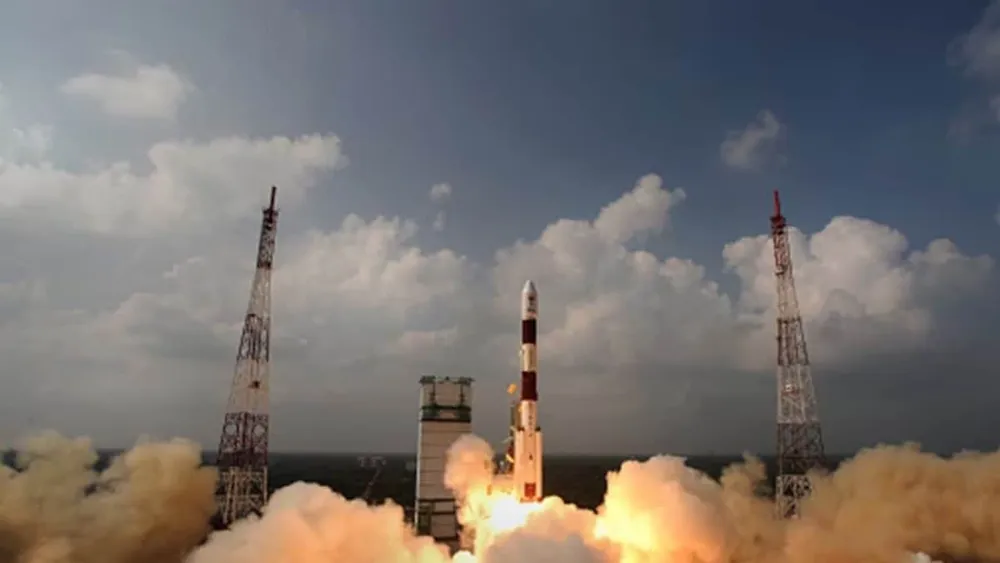

India's Mangalyaan mission, launched in 2014 on a modest budget, marked a significant achievement in space exploration, establishing India as a key player. Despite limitations in scientific discoveries due to the PSLV's constraints, the mission fostered technological advancements in autonomous navigation and deep-space communication. Subsequent missions, including Chandrayaan-2, Chandrayaan-3, and Aditya-L1, built on Mangalyaan's lessons, enhancing India's capabilities in lunar and solar exploration. Future missions like Mangalyaan 2 and Shukrayaan aim to further expand India's reach in space.


India's Mangalyaan mission, launched in 2014 on a modest budget, marked a significant achievement in space exploration, establishing India as a key player. Despite limitations in scientific discoveries due to the PSLV's constraints, the mission fostered technological advancements in autonomous navigation and deep-space communication. Subsequent missions, including Chandrayaan-2, Chandrayaan-3, and Aditya-L1, built on Mangalyaan's lessons, enhancing India's capabilities in lunar and solar exploration. Future missions like Mangalyaan 2 and Shukrayaan aim to further expand India's reach in space.
•Established India as a major player in space exploration.
•Faced challenges due to PSLV's limitations in payload and orbit.
•Inspired advancements in autonomous navigation and deepspace communication.
•Chandrayaan2 and Chandrayaan3 built on Mangalyaan's lessons.
•AdityaL1 launched in 2023 for solar observation.
•Future missions include Mangalyaan 2 and Shukrayaan to Venus.
Need any assistance with your queries?
Our AI chatbot support is always available to provide answers to any questions but to begin with, here are some of our most asked questions
What was the budget for the Mangalyaan mission?
What technological advancements did Mangalyaan inspire?
What are some future missions planned by ISRO?








